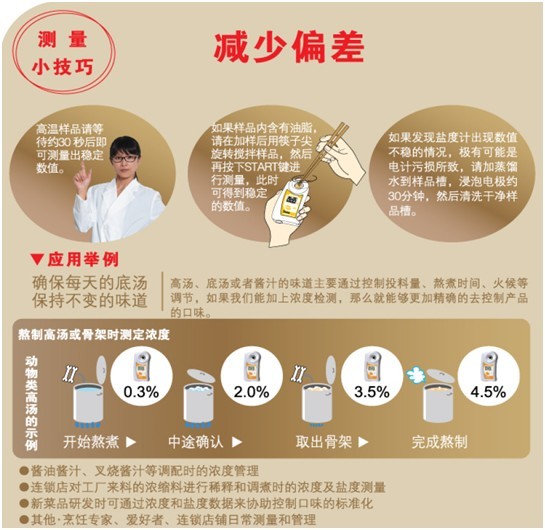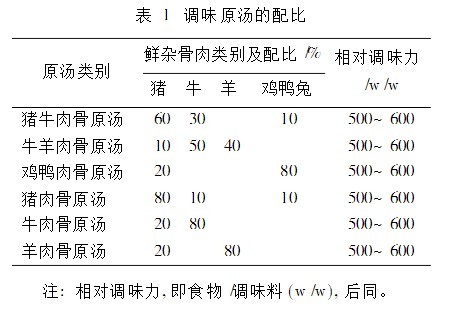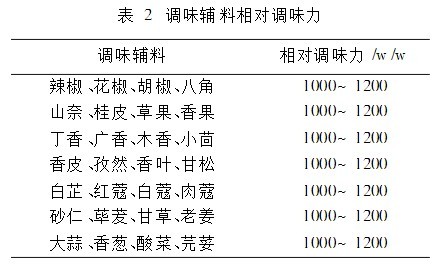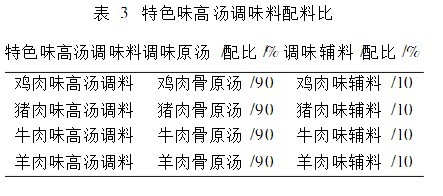First of all, the noodle soup needs to be made with meat. The richness of the broth comes from using the right amount of fat and protein. After that, you can add seasonings according to your taste — this is where personal preference really matters. The sauce and stock are dissolved into the broth, creating a concentrated blend of flavors. Traditional soups rely on maintaining a delicate balance, so measuring salinity is essential. A salinity meter has become a standard tool in professional kitchens, ensuring consistency. Salinity levels may vary slightly depending on the season, but scientific methods help maintain quality regardless of the chef’s experience.

1
Materials and Methods
A. Raw Materials and Instruments
Fresh bones from pigs, cows, sheep, chickens, ducks, and rabbits, along with meat, ginger, garlic, sauerkraut, star anise, sesame, cinnamon, and cloves are all commercially available.
Soup salinity meter, soup concentration meter, scale Baume meter, MASTER-Ramen M
B. Preparation Process
Fresh meat and bones → stewing → separation → concentration → measurement → adjustment → seasoning soup
Using the refractive method, the relative flavoring salinity of each seasoning extract is measured and adjusted to create a flavoring auxiliary. Using the PAL-Ramen salinity meter, drop a few drops of the soup sample into the prism slot, press the START button, and the device will display the measured value and temperature, giving you the salinity of the soup. Place a few drops on the prism, cover the daylight cover, ensure even distribution, and read the value through the eyepiece to determine the concentration and salinity. This method helps achieve a thick, flavorful broth by precisely controlling its composition.
C. Preparation of Broth Seasoning
The content and state of the flavoring ingredients in the broth seasoning are adjusted based on human taste preferences and traditional cooking requirements. The flavor type of the broth seasoning is determined by local customs and the nature of the dish. The compatibility between main and secondary seasoning ingredients is considered to match the flavor characteristics of regular dishes.
The relative flavoring ability of various seasoning soups and seasonings serves as a reference for determining the ratios of different flavor types. Based on the relationship between the main and secondary seasoning materials, appropriate seasoning soups and accessories are selected to enhance the overall taste.

The ratio of seasoning soup is shown in Table 1.

The relative flavor of seasoning accessories is shown in Table 2.

The ingredients of the special flavor soup seasonings are shown in Table 3.
In the development of traditional broth seasonings, turmeric is used to enhance the natural flavor of the broth. By adding specific flavoring materials, a new broth with strong seasoning power, wide application, and ease of use is created. In summary, the seasoning ability of the broth is strong, the process is efficient, usage is simple, and consistency is ensured. Salinity measurements play a key role in controlling the final taste of the soup product accurately.
ATAGO (Ai Tuo) Marketing Department (Xuan)
Efficient Lifting Column,Telescopic Lifting Columns,Desk Lifting Mechanism,Mobile Column Lifts
Kunshan Zeitech Mechanical & Electrical Technology Co., Ltd , https://www.zeithe.com
